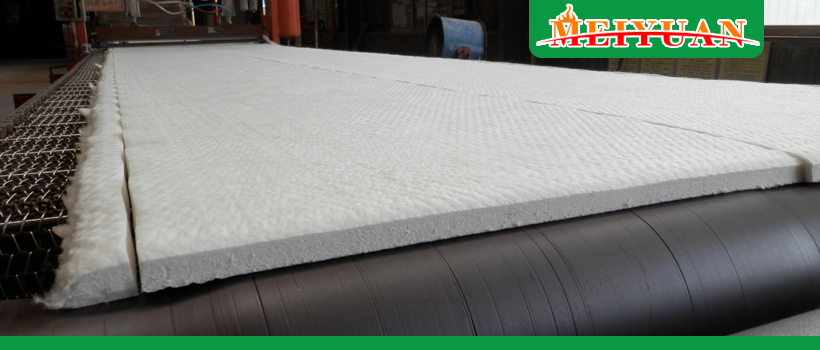Thermal conductivity is an important parameter to test the thermal insulation effect of ceramic fibers. For example, thermal conductivity will determine the thermal insulation effect of insulation ceramic blanket. Thermal conductivity is the ability of a material to conduct heat and is a property of a material. The thermal conductivity is usually used to indicate the thermal conductivity of different materials in W/m·K, which represents the heat flow rate per unit area of the material under a unit temperature gradient.

There are many factors that affect the thermal conductivity of insulation ceramic blanket. The main points are as follows:
1. The chemical composition of the material
The more complex the chemical composition, the less the impurity content, and the more obvious the thermal conductivity is reduced. The more complex the mineral crystal structure, the smaller its thermal conductivity. For example, the thermal conductivity of MgO·Al2O3 (aluminum-magnesium spinel) is lower than that of Al2O3 and MgO, and the structure of 3 Al2O3·2SiO2 (mullite) is more complicated than that of MgO·Al2O3 , and thus the thermal conductivity is lower.
The chemical composition of the materials introduced in this issue affects the thermal conductivity of insulation ceramic blanket. In the next issue, we will introduce the influence of the pores of the material and the influence of temperature on the thermal conductivity of the insulation ceramic blanket.
Previous: Effect of slag ball content on the quality of ceramic insulation paper
Next: How to maintain ceramic fiber products in high temp environment
Copyright © Shandong Minye Refractory Fibre Co.,Ltd. All Rights Reserved
